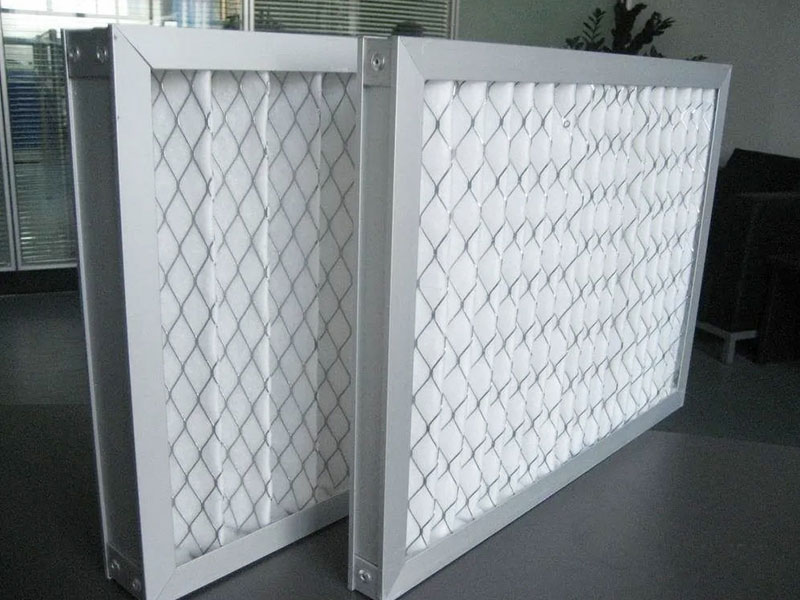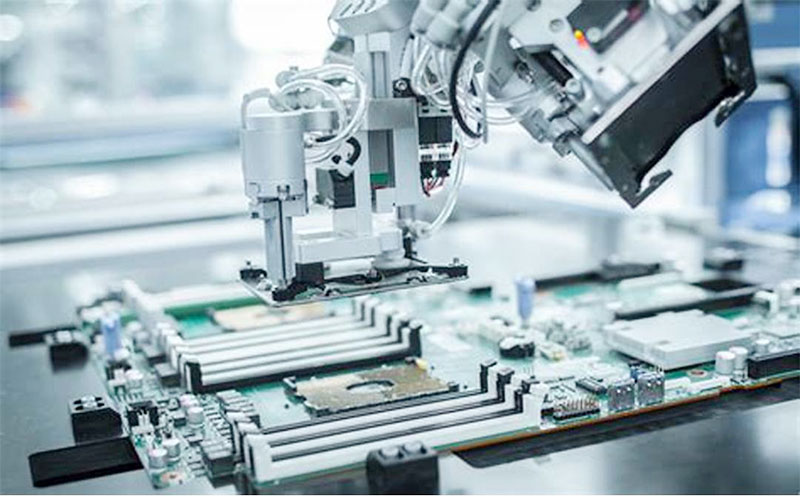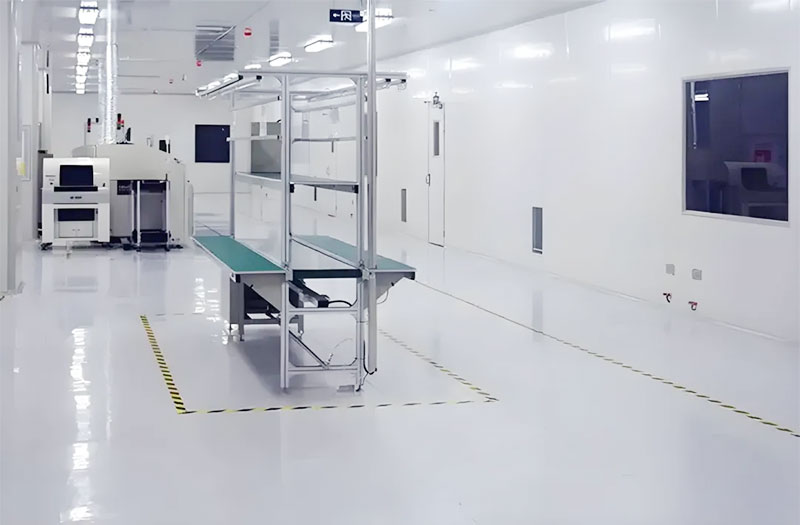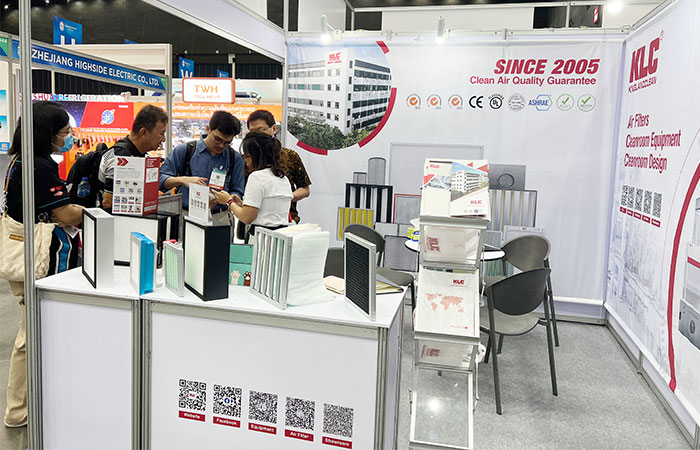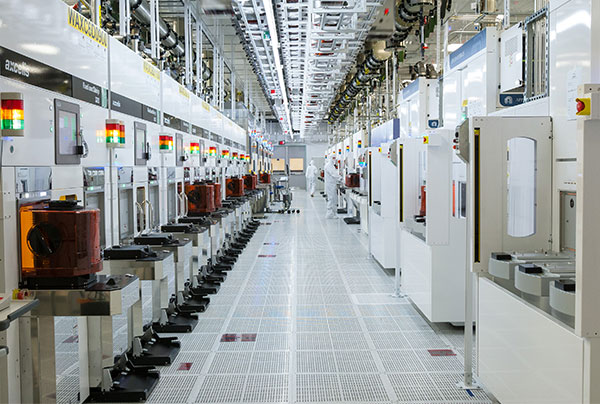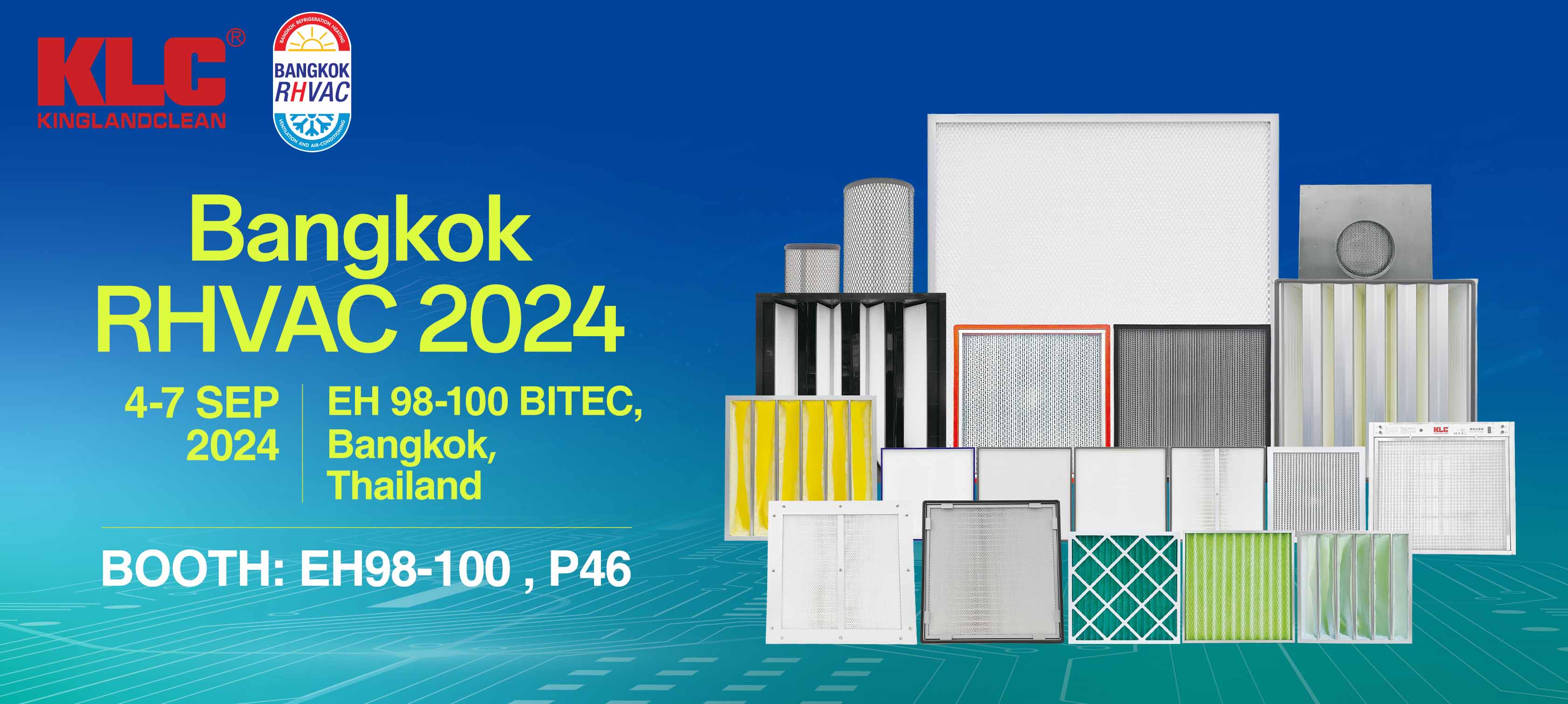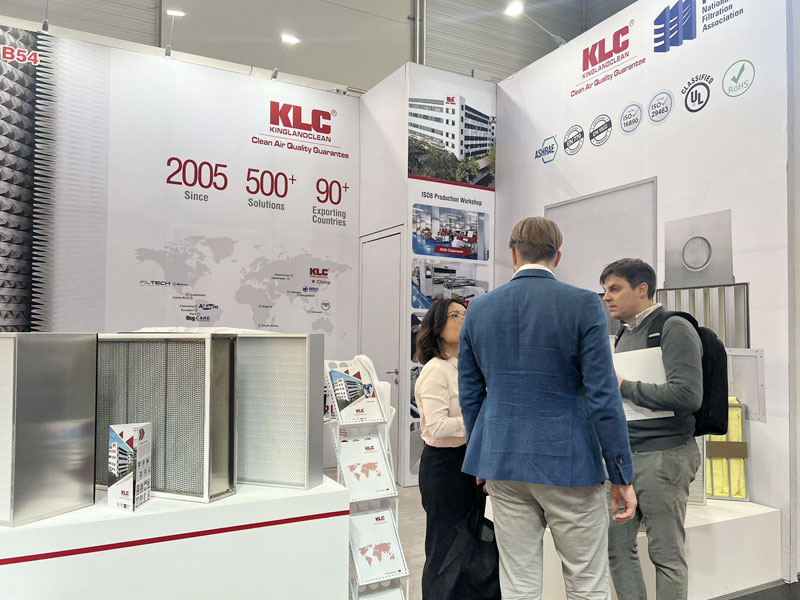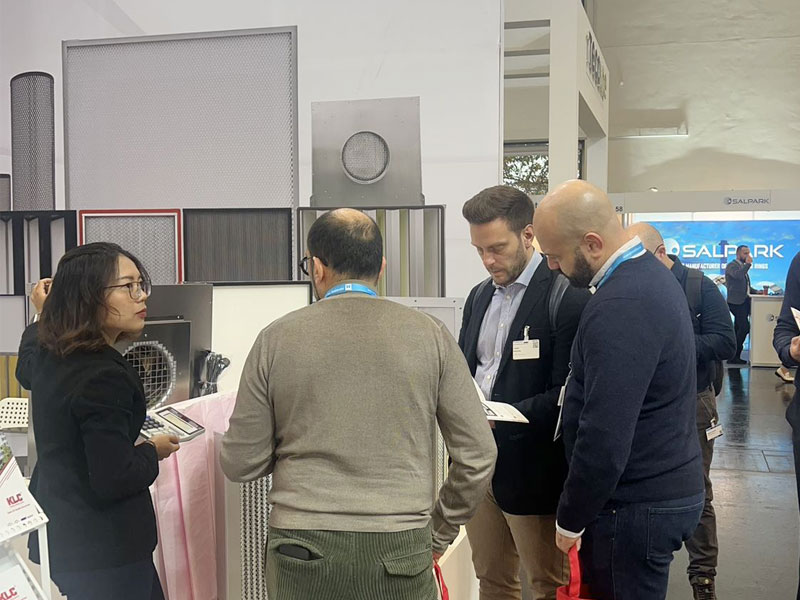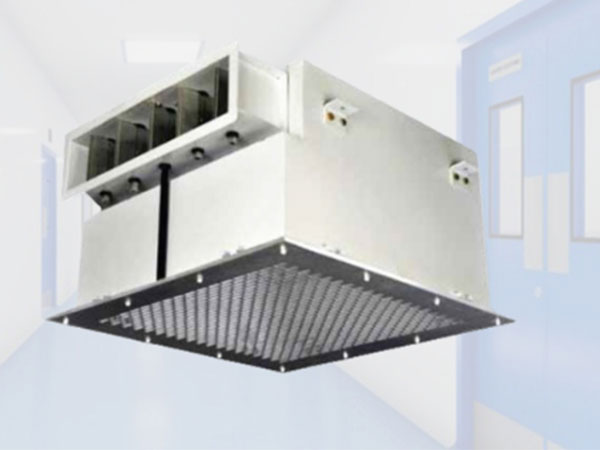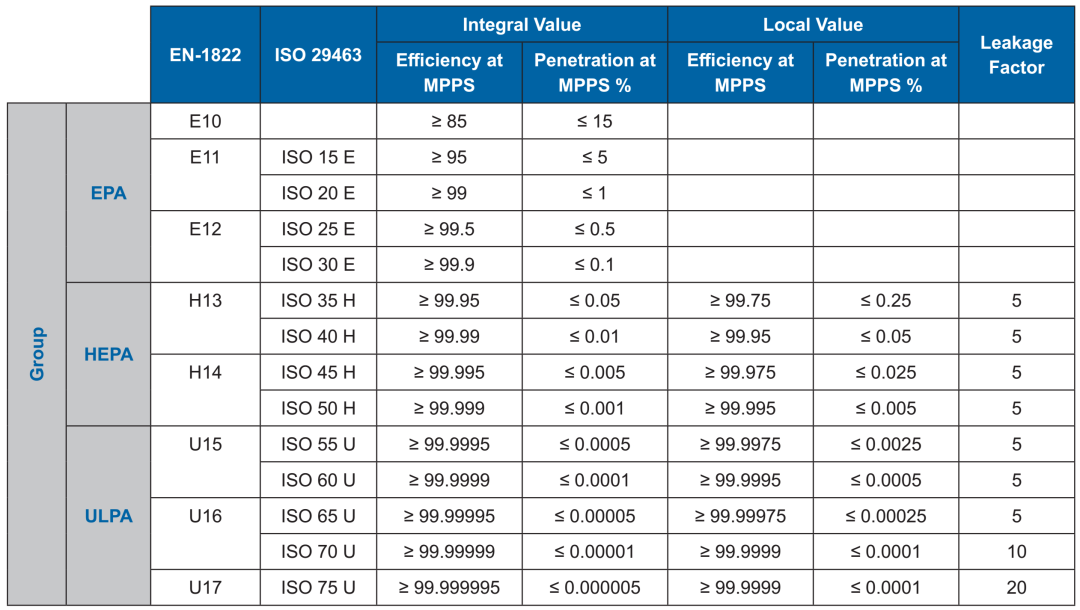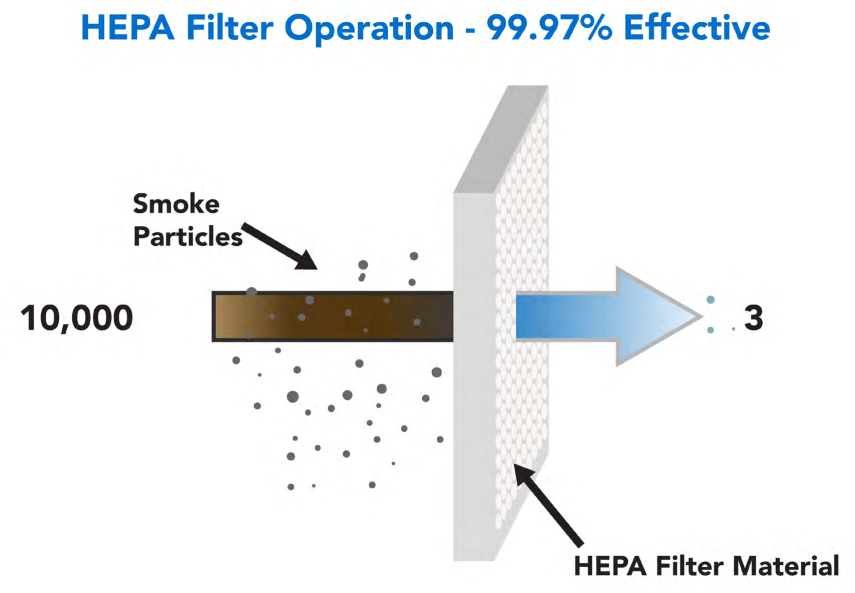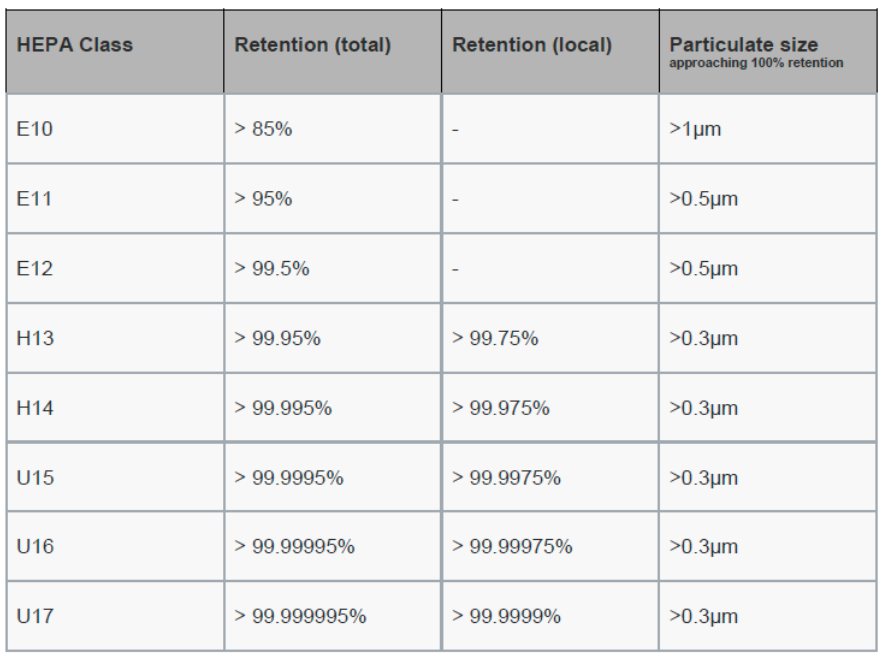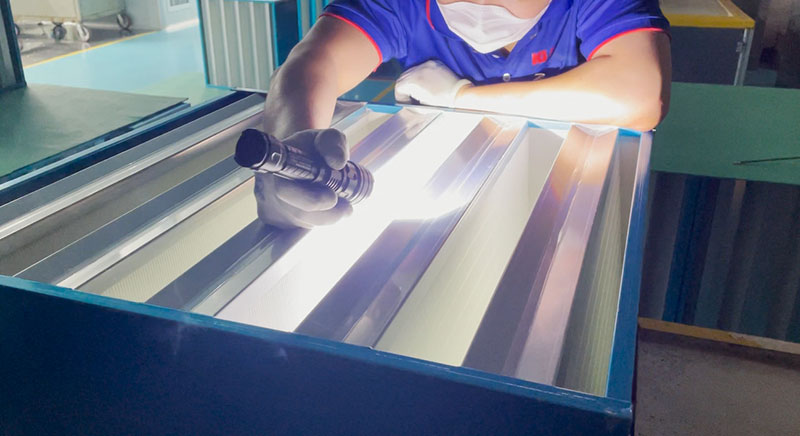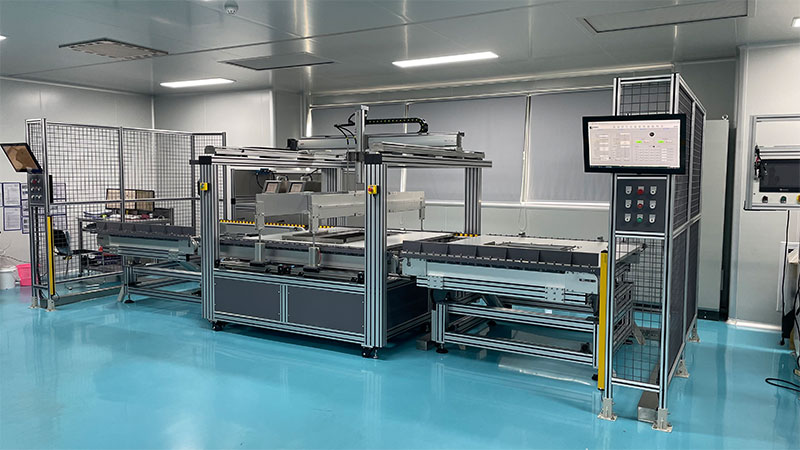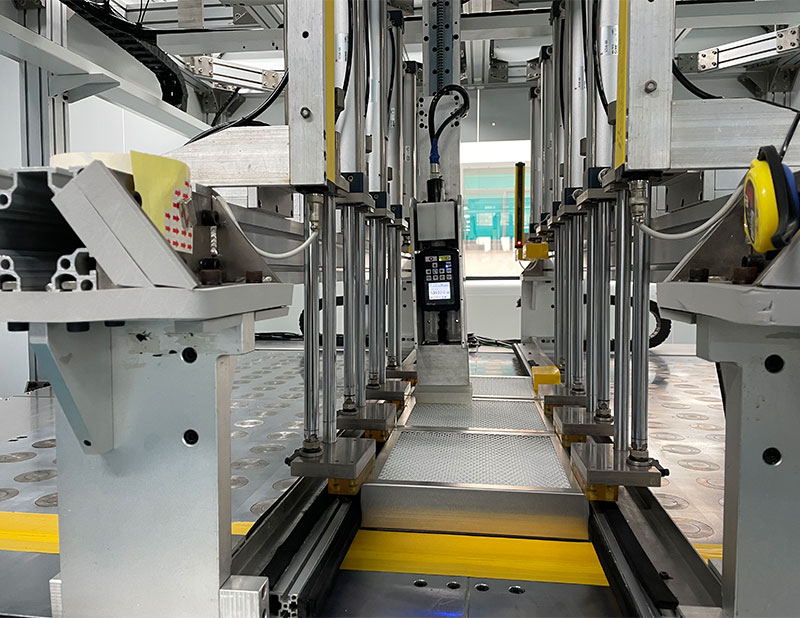Cleanrooms are carefully designed, dedicated spaces with extremely low concentrations of airborne particles. Manufacturers of pharmaceuticals, electronic components, and other high-value, high-demand products produce and process them in cleanrooms to prevent contaminants from interfering with product performance. Airflow management plays a vital role in maintaining the efficient operation of cleanrooms, ensuring that air flows properly and cleanly, thereby protecting the integrity and reliability of the products.
01. Airflow Type
Airflow management professionals must choose among three types of airflow.
Unidirectional Systems
Unidirectional systems move air in one direction, usually vertically, but less often horizontally. Airflow moves when air from a FFU suspended from the ceiling blows into the exhaust system below. All inlets and outlets are arranged in parallel to ensure consistent airflow, minimizing the possibility of contaminants affecting the room.
Engineers must carefully design rooms to ensure the proper layout and reduce the possibility of insufficient airflow or turbulence, otherwise it will reduce the efficiency of equipment operation and thus reduce the effectiveness of contamination control. Using laminar airflow hoods in clean rooms can reduce turbulence. They are made of materials such as stainless steel and will not increase the number of particles in the environment due to shedding.
Inadequate airflow can cause dead zones or air pockets, where air moves too slowly and contaminants accumulate in them and may be transferred to critical equipment.
Non-unidirectional airflow management
While air in a unidirectional cleanroom setting flows in one direction, in rooms with non-unidirectional airflow management, air flows through multiple paths, some of which may include paths around objects. In addition, high turbulence, filtration, and circulation maintain the necessary cleanliness.
Non-unidirectional strategies often result in air forming vortex shapes, especially when clean air enters and mixes with existing air. While this involves filtration, air flow is also an important factor because its randomness and the amount of air passing through the filter prevent contaminants from exceeding safe levels.
Mixed
Some cleanrooms have critical areas (such as those associated with sensitive materials or components) where laminar flow hoods maintain unidirectional airflow. However, in the rest of the room, filters enable non-unidirectional airflow.
Engineers planning to design for mixed airflow should carefully study the user's situation and work tasks as well as other specific factors that affect the type and level of potential contaminants.
02. Airflow management depends on product requirements
Although people know the difference between these three airflow types, they must also choose the right airflow type based on the products produced in the environment. There are nine cleanroom cleanliness levels, each based on the level of particle contaminants allowed. Furthermore, each level is usually 10 times less than the level below.
For example, medical device and consumer electronics manufacturers most often choose Class 7 and Class 8 cleanrooms. Class 8 cleanrooms allow 100,000 particles per cubic meter of air, but the number allowed in a Class 7 environment is only 10,000.
Certain classes of cleanrooms also have specific must-have features. For example, cleanrooms of Class 7 or above must have a positive pressure inlet to stop particulate matter from spreading into the environment. In addition, all workers must enter a gowning room and wear necessary equipment before entering the controlled environment.
Once decision makers understand the specific cleanroom airflow requirements for their products, they should seriously consider using industrial monitoring equipment to verify that the environment is staying within the required parameters. It can also tell decision makers which production links will cause the most air quality challenges. This information can give them the information they need to take proactive action instead of facing a situation where contaminants are poorly controlled due to lack of awareness.
03. Industry conditions determine cleanroom airflow requirements
Those involved in maintaining proper cleanroom airflow must also understand industry details that may affect their work. For example, under the previous federal standard 209E framework, there were three fewer cleanroom classes. However, the United States and Canada now follow the requirements of ISO 14644-1. It expresses the decimal logarithm of particles 0.1 microns or larger per cubic meter of air. However, some cleanroom classes have additional details.
In a Class 7 cleanroom, the concentration of particles 0.5 microns or larger must be less than 352,000, and the number of particles 1-4 microns in the room must not exceed 83,200. The number of particles 5 microns and above must be less than 2,930.
Familiarity with specific industry standards and regulatory requirements is the best way to prioritize safety and prevent product recalls, fines, or other adverse consequences due to poor airflow management.

04. Technology can increase awareness and bring improvements
Airflow management professionals should also consider how technology can help them make strategic facility improvements. Monitoring sensors are great for day-to-day monitoring, but there are options that can help people make meaningful choices at other times.
Parties involved in the construction of a new plant or the upgrade of an existing one might use digital twin technology to test various options before finalizing a plan. This approach can avoid costly mistakes or incorrect assumptions about the type and location of filtration equipment or other details.
Or, people can conduct airflow visualization studies to verify that they are getting the desired results based on the cleanroom setup. These tests involve introducing smoke or fog into the environment perpendicular to the airflow. Auditors watch its movement to see if it stays or concentrates in specific areas. Related reports can tell managers whether their facilities are following airflow management best practices.
Exploring recent advances in cleanroom airflow is also valuable in showing people what’s possible. One example comes from a company whose solution does more than just keep the room within preset ventilation parameters. It makes real-time changes based on contamination fluctuations in the cleanroom. This approach saves money and reduces emissions by increasing ventilation in needed areas.
Maintaining proper cleanroom airflow is critical for production quality control, consumer safety, and compliance with regulatory requirements. People should understand the connections between changes in the facility that may affect airflow or contaminant levels and require specific actions to resolve the issue.


